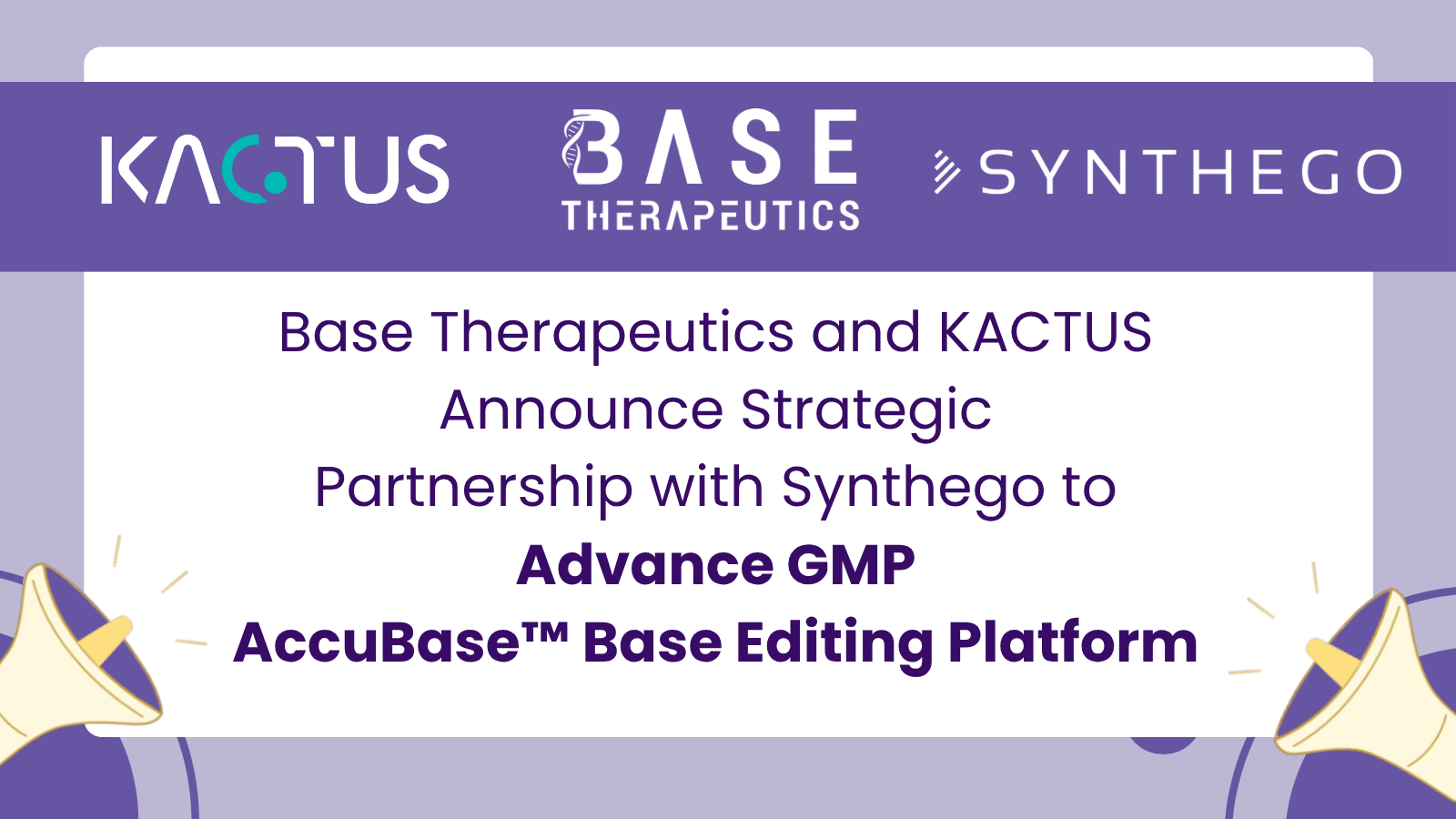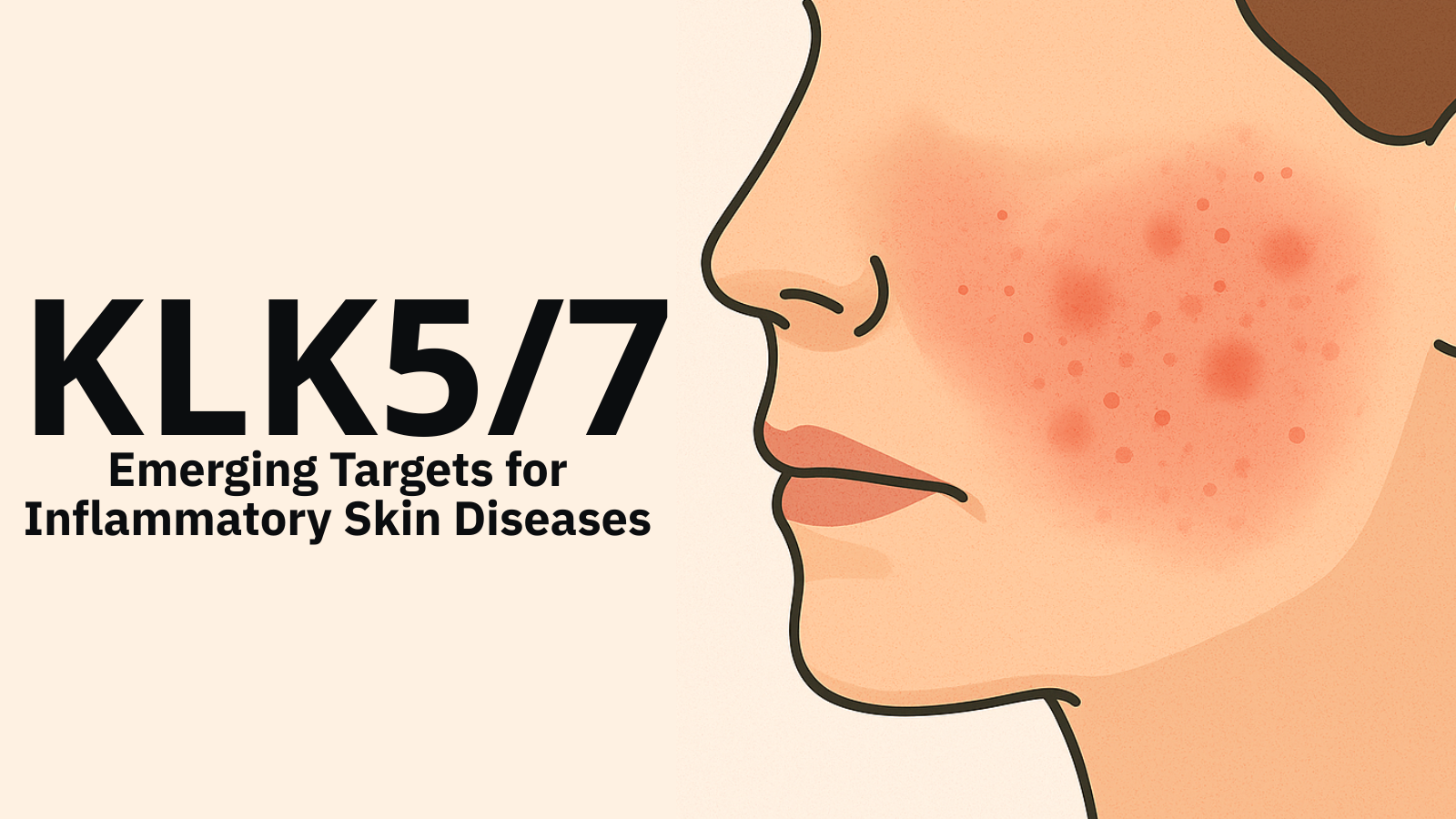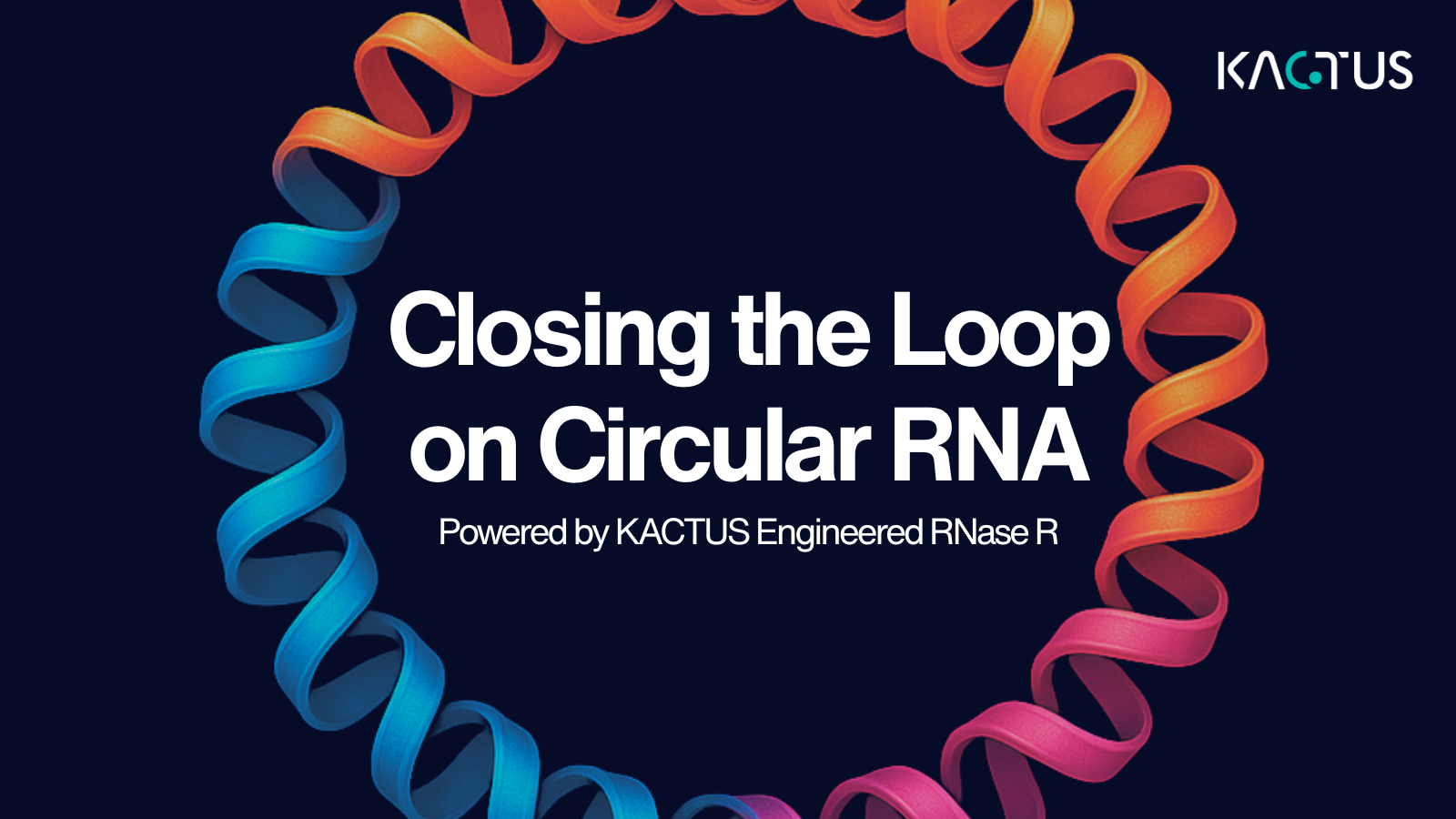TNFR2: The Frontier of Next-Generation Immunotherapy
By Mallory Griffin
The tumor necrosis factor (TNF) superfamily has important physiological significance in immune surveillance, tumor regression, resistance to infection and hematopoiesis. TNFR2 (Tumor necrosis factor receptor 2), also known as TNFRSF1B or CD120b, is a TNF superfamily protein and one of the TNF receptors. It plays a key role in the regulation of regulatory T-cell (Treg) function and in tumor immune escape and autoimmunity. Hence, it is another potential target of immunotherapy.
TNFR2 is a type I transmembrane glycoprotein. The extracellular region contains four CRD regions rich in cysteine motifs, which are often antibody-binding epitope regions. Both TNFR2 and membrane-bound TNF can form homotrimers and associate to form tightly aggregated complexes. These complexes are easily cleaved by TACE enzyme to form soluble TNFR2 (sTNFR2), which is released into serum. sTNFR2 can be used as a marker of Treg expansion in cancer.

Figure 1. Structure of TNFR2 and TNF-TNFR2 complex [1].
In contrast to TNFR1, another ubiquitously expressed TNF receptor, TNFR2 is restricted to minor subsets of the lymphatic system, such as highly suppressive Tregs, MDSCs, endothelial cells, and specific neurons in the growth process, especially abundant in the tumor microenvironment (TME). It is mainly involved in the regulation of T cell function. After TNFR2 combines with TNF, it will activate downstream NF-κB, MAPK and other signaling pathways to promote cell survival and proliferation. However, in autoreactive T cells, TNFR2 signal transduction has varying degrees of defects. Because of this, T cells tend to use TNFR1-mediated apoptosis pathway, causing the cells to release a large number of inflammatory factors.

Figure 2. TNFR2 signaling pathway [2].
Studies have confirmed that the immune escape of tumor cells after immune checkpoint therapy is closely related to the upregulation of Treg-CD4+ and downregulation of Teff-CD8+ cells mediated by TNFR2 [3][4]. TNFR2 can also promote the development of Treg cells through various signaling pathways. The expansion of TNFR2 breaks the balance of tumor immunity and makes tumors exhibit drug resistance, revealing the important regulatory function of TNFR2 on the tumor microenvironment. For some autoimmune diseases, it is hoped that the number of Teff-CD8+ cells will be reduced to prevent the excessive activation of immune cells and reduce the intensity of autoimmunity. It may be beneficial to use agonists to activate TNFR2 to generate this effect.

Figure 3. Role of TNFR2 agonists and antagonists [5].
In the complex tumor microenvironment, TNFR2 also participates in the activities of other immune cells. For example, TNFR2-TNF can promote the release of inflammatory factors from NK cells, induce MDSC to express CXCR, and help CD8+ T cells to secrete effector factors. Therefore, TNFR2 agonists and inhibitors are not as clear-cut, and some TNFR2 agonists still show anti-tumor effects, indicating that targeting TNFR2 will produce different responses in different environments.
TNFR2 Drug Development Status
Most of the TNFR2-targeting drugs are antibody drugs. At present, several drugs have entered the clinic, such as BI-1808, LBL-019, and SIM-0235. Among them, BI-1808 is the first TNFR2 antibody drug to enter the clinic, developed by Biolnvent. A Phase I clinical study for advanced malignant solid tumors is underway.

Figure 4. Mechanism of BI-1808 [6].
At present, TNFR2 antibodies can be roughly divided into two types: long-term and short-term. For persistent antibodies, it is necessary for the complete F(ab')2 structure and the binding epitope to fall in the CDR3 and CDR4 regions, otherwise it is difficult to compete for the binding of TNF and TNFR2 and the reactivation of Treg cells [7]. This shows that different TNFR2 antibodies have their own modes of action, but the side effects caused by different modes are not yet clear. Moreover, the blocking mode of persistent antibodies is also limited by the high affinity of TNF and TNFR2 and the strong cross-linking network formed on the cell surface due to the binding interaction. In addition, antibodies targeting TNFRSF may not require ADCC effect[8], Therefore, the development of antibody drugs against TNFR2 needs further exploration.
A large number of drug targets have emerged in the TNF family, and many drugs have been marketed and even occupied a considerable market share of drugs for similar diseases. TNFR2 has gradually become popular due to its unique immune regulation function, and is widely used in the treatment of solid tumors and autoimmune diseases. It is effective and suitable for use in combination with immune checkpoint inhibitors. Many companies have already entered the market for this target. Whether TNFR2 can achieve success is worth looking forward to.
Based on the current understanding and research of TNF family proteins, KACTUS has launched high-quality TNFR2 and TNF ligand recombinant proteins to help facilitate the development of TNFR2-related targeted drugs.Product List
| Cynomolgus TNFR2 | Human TNF Alpha |
| Human TNFR2, His tag | Biotinylated Human TNF Alpha |
| Human TNFR2, mFc tag | Cynomolgus TNF alpha |
| Biotinylated Human TNFR2 |
Product Data

Figure 1. Human TNF alpha, His Tag captured on CM5 Chip via anti-his antibody can bind Human TNFR2, mFc Tag with an affinity constant of 1.62 nM as determined in SPR assay (Biacore T200).

Figure 2. Human TNF alpha, His Tag captured on CM5 Chip via anti-his antibody can bind Human TNFR2, mFc Tag with an affinity constant of 1.62 nM as determined in SPR assay (Biacore T200).

Figure 3. Immobilized Anti-TNFR2 Antibody, hFc Tag at 1μg/mL (100μL/well) on the plate. Dose response curve for Biotinylated Human TNFR2, His Tag with the EC50 of 33.8ng/mL determined by ELISA.

Figure 4. Immobilized Human TNFR2, His Tag at 0.5μg/mL (100μL/well). Dose response curve for Anti-TNFR2 Antibody, hFc Tag with the EC50 of 6.4ng/mL determined by ELISA.
References
[1] Medler J, Kucka K, Wajant H. Tumor Necrosis Factor Receptor 2 (TNFR2): An Emerging Target in Cancer Therapy. Cancers (Basel). 2022 May 25;14(11):2603.
[2] Faustman D, Davis M. TNF receptor 2 pathway: drug target for autoimmune diseases. Nat Rev Drug Discov. 2010 Jun;9(6):482-93.
[3] Chen X, Subleski JJ, Kopf H, Howard OM, Männel DN, Oppenheim JJ. Cutting edge: expression of TNFR2 defines a maximally suppressive subset of mouse CD4+CD25+FoxP3+ T regulatory cells: applicability to tumor-infiltrating T regulatory cells. J Immunol. 2008 May 15;180(10):6467-71.
[4] Okuzono Y, Muraki Y, Sato S. TNFR2 pathways are fully active in cancer regulatory T cells. Biosci Biotechnol Biochem. 2022 Feb 24;86(3):351-361.
[5] Vanamee ÉS, Faustman DL. TNFR2: A Novel Target for Cancer Immunotherapy. Trends Mol Med. 2017 Nov;23(11):1037-1046.
[6] https://www.bioinvent.com/
[7] Torrey H, Butterworth J, Mera T, Okubo Y, Wang L, Baum D, Defusco A, Plager S, Warden S, Huang D, Vanamee E, Foster R, Faustman DL. Targeting TNFR2 with antagonistic antibodies inhibits proliferation of ovarian cancer cells and tumor-associated Tregs. Sci Signal. 2017 Jan 17;10(462):eaaf8608.
[8] Graves JD, Kordich JJ, Huang TH, Piasecki J, Bush TL, Sullivan T, Foltz IN, Chang W, Douangpanya H, Dang T, O'Neill JW, Mallari R, Zhao X, Branstetter DG, Rossi JM, Long AM, Huang X, Holland PM. Apo2L/TRAIL and the death receptor 5 agonist antibody AMG 655 cooperate to promote receptor clustering and antitumor activity. Cancer Cell. 2014 Aug 11;26(2):177-89.

















